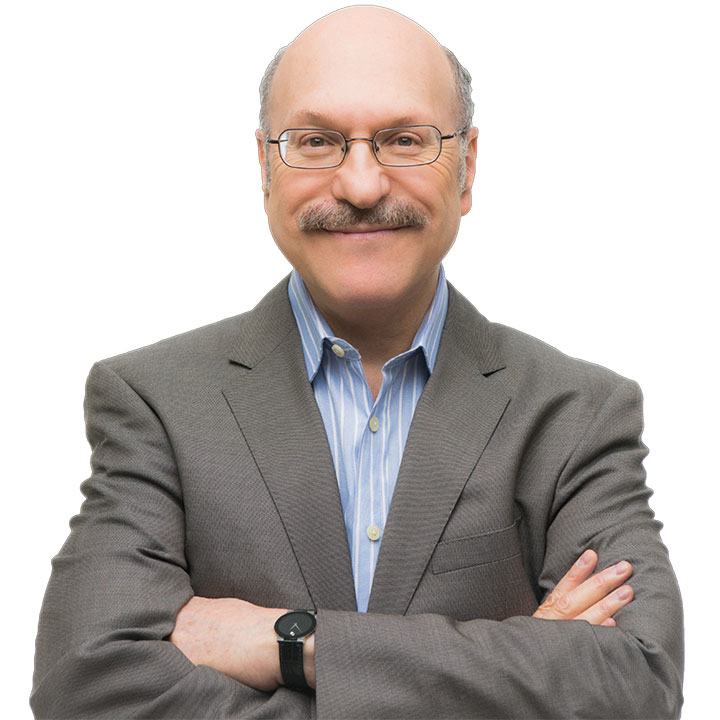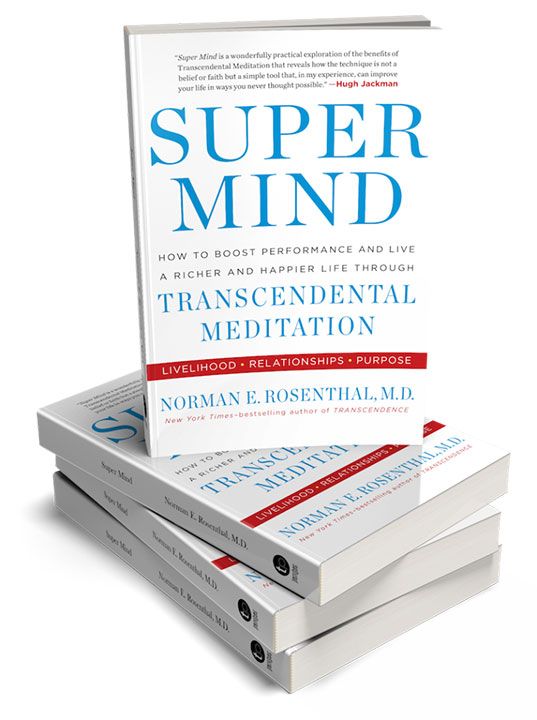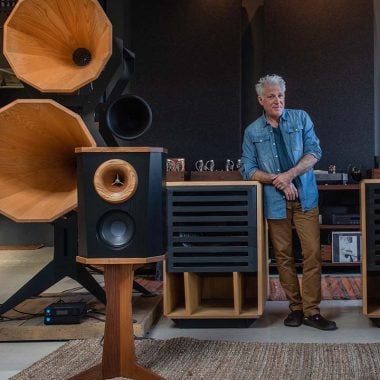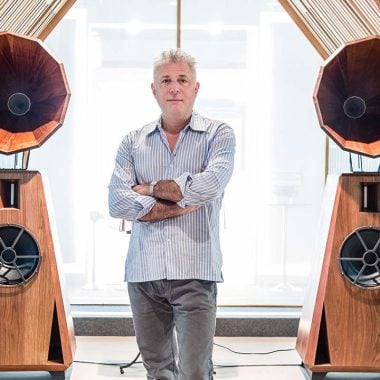
Transcendental Meditation is a simple and effortless technique which for an investment of 20 minutes twice a day, can completely change your life.
Curious about Transcendental Meditation? According to its practitioners—including actor and activist Hugh Jackman—it will improve your life in ways you never thought possible.
Norman Rosenthal, New York Times Bestselling author of “Transcendence: Healing and Transformation Through Transcendental Meditation” and most recently, “Super Mind,” among other titles, is a clinical professor of psychiatry who practices and champions Transcendental Meditation. Through this practice—which has been adopted by Lena Dunham, David Lynch, Ellen Degeneres, Arianna Huffington, Paul McCartney and Gisele Bündchen, among many others—one has the ability to enrich their life by enjoying the benefits of meditation in any state of consciousness. Here, Rosenthal expands on this highly effective practice.

What is the difference between Transcendental Meditation and mindful meditation?
Transcendental Meditation (TM) is a practice in which the meditator is taught to think of a mantra or word-sound in such a way that the meditator effortlessly slips into a very pleasant state of consciousness known as transcendence. Over time, as a person continues to meditate, feelings of transcendence filters into a person’s daily life, exerting many favorable effects, which I have called the Super Mind.
Mindfulness is a different type of meditation in which a person is taught to focus on something—such as the breath, a thought or image in such a way as to raise awareness about the moment-to-moment changes in that person’s inner and outer world. Over time, those who practice this form of meditation develop a stronger sense of the way in which the inner and outer world are constantly changing. In my experience, both personally and with patients, TM is an easier practice to learn than mindfulness.

What are the emotional and physical attributes of Super Mind development?
As the Super Mind develops, a person may experience many favorable changes. These include: feelings of being in the zone, where things come more easily to you; a sense that the world is more supportive, which include an improvement in relationships; increased creativity and productivity; a better ability to balance attachment and detachment—an important quality for leading a good life; and increased happiness.
Can you talk about intention, and its importance to meditation?
For any practice to work, there has to be intention, and TM is no exception in this regard. Even though TM is an effortless technique, a person still needs to schedule time to do it and follow through regularly in order to get maximum benefits. That requires intention.
If you had to describe TM in just a few words, what would you say?
I would describe TM as a simple and effortless technique which for an investment of 20 minutes twice a day, can completely change your life.

Could you share some of the ways TM has been proven to improve health?
The practice has been shown in controlled studies to reduce blood pressure (the so-called silent killer), heart attacks and stroke; and to prolong longevity.
One of the principles of TM is to “be the change,” and that in doing so, the world will follow. Do you think that there is a residual factor for those that practice TM that affects those around them? Or, is it more that the world will change because we are changing the way we experience it by changing ourselves?
I believe that when we change, we change the world around us. I am confident that people who do TM and benefit from it transmit some of that benefit to the people in their lives.
In our very noisy lives, we have little internal space—where, as you explain, is the place where happiness and creativity thrive. What are some practical ways for us to make more space on a daily basis?
I’m glad you asked this question because TM is one of the most powerful ways I know in creating internal space that is so crucial for the development of the Super Mind and all its benefits. Other simple ways of creating more space are: Spend less time on the internet; Go for a walk and allow yourself to experience nature; Practice yoga; Take a minute every now and then for a few deep breathes.
Would you say we’re experiencing a resurgence in wellness awareness, perhaps due to the overwhelming static around us?
I have little doubt in today’s world that we are experiencing an increase in conflict and static, making techniques such as TM more valuable today than ever.
Have you worked with any companies that have integrated TM practices into their health and wellness offerings for their employees? If so, can you share any feedback from their experiences?
I have spoken to many CEOs who have incorporated TM into their corporations. Universally they report greater effectiveness and well-being among their workers.







Leave a Comment